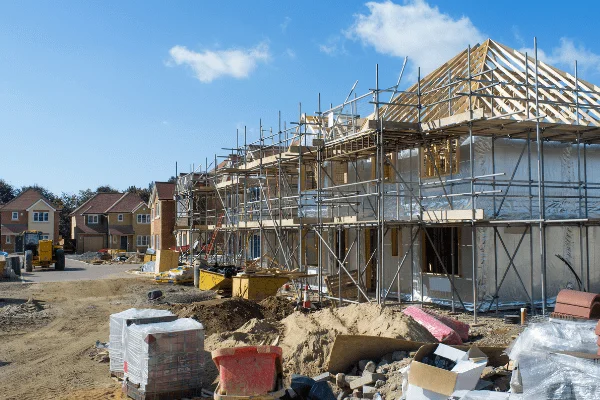House Building Alone Will Not Solve the Current Housing Crisis

There are two things driving the UK’s real estate sector’s record performance right now: the growing desire among movers and first-time buyers to escape the city and pick up spacious properties with private gardens and rock-bottom interest rates. This usually takes priority.
For some time now, mortgage rates have been hovering around all-time lows, and for those able to qualify for a mortgage, it has been a tempting venture. Particularly where larger deposits are being handed over, some mortgage rates available right now are lower than they have been in years.
You have to sympathise with what is fast becoming an entire generation of frustrated first-time buyers. Or should that be, would-be first-time buyers, who, for a string of reasons, are unable to capitalise on the lowest mortgage interest rates they may ever see in their lifetime?
Growing wealth inequality
Young people in droves are accepting that they are unlikely to ever own their own homes. It is an issue that is more prevalent in some parts of the UK than others, but it is nonetheless an undeniable crisis the whole country is facing.
Many continue to point the finger of blame squarely at the lack of new housing inventory. The government isn’t close to reaching its own house-building targets, meaning there simply aren’t enough affordable homes to go around. Even if the government were to fulfil its overly ambitious goals, chances are it would have little to no difference in average property prices.
Affordability is not something that changes overnight, particularly in an era of unprecedented demand. Give things a decade or so, and we could see added inventory knocking 3% off the average price of a UK home. As things are going right now, this is the kind of growth house prices are seeing every few months.
Irrespective of how many ‘affordable’ homes are built over the coming years, catastrophic wealth inequality is still going to price most first-time buyers out of the market.
Access to affordable mortgage rates
Another issue compounding the problem is the difficulties first-time buyers are facing when attempting to access today’s competitive mortgage rates. For most, coming close to saving a 20% deposit or even a 10% deposit has always been completely out of the question, highlighting the value and importance of the government-backed 5% mortgage initiative.
For the first time in a long time, first-time buyers were presented with the opportunity to qualify for a 95% LTV with a deposit of just 5%, until it became clear that OTT scrutiny and excessive affordability tests are making it all but impossible for most to qualify.
A 5% deposit mortgage is all well and good, but not if you can only borrow four times your annual income. Applicants without a good credit history are also being declined, as are those who took advantage of government grants or those who were furloughed during the COVID-19 crisis.
The addition of affordable inventory to the housing market would, of course, be welcome, but it is by no means a silver-bullet solution to the escalating housing crisis.
